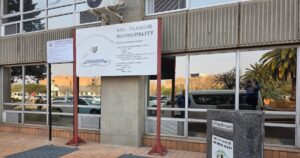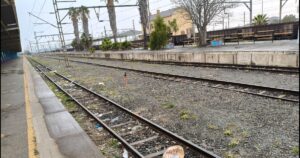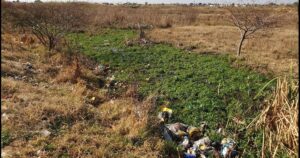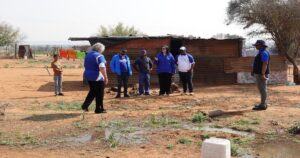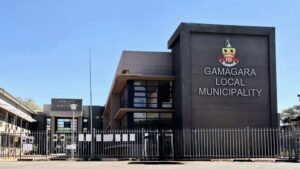As fires expose inadequate disaster management from local governments, the Democratic Alliance (DA) in the Northern Cape continues to probe the readiness of firefighting structures at local level.
I’ve submitted questions to determine the amount of operational firefighting vehicles, qualified firefighters and fully functional fire stations in the province. Last week, a veldfire raged along the R31 on the outskirts of Kimberley, coming dangerously close to residential properties in Carters Glen and to the construction site of nursing accommodation near the mental health hospital. When a secondary fire in the fields adjacent to the Tswelopele Correctional Facility was reported to the Sol Plaatje’s emergency services, residents were told that the sole functional fire truck in the municipality was already deployed to the fire along the R31. No other vehicles were available. For a municipality of Sol Plaatje’s size to have only one functional fire truck is alarming and raises concerns about residents’ safety if disaster should strike.
The Northern Cape is a province of extremes and inadequate municipal disaster management could have far-reaching consequences. Aside from devastation in urban areas, the Northern Cape Department of Agriculture, Environmental Affairs, Rural Development & Land Reform estimates that 413 700 hectares of grazing land was lost in uncontrollable fires between April 2023 and February 2025, with just 15 wildfires accounting for the loss of more than 10 000 hectares each.
I’ve been asking for provincial disaster management structures to report on their functionality to the Northern Cape Provincial Legislature since December 2024, when drought-like conditions affected 530 farms covering approximately 22.3 million hectares of land in the Northern Cape. The Northern Cape is one of three provinces where agricultural production is concentrated. We cannot afford to turn a blind eye to adverse weather conditions that threaten the prosperity, economic development, and food security of the province.
